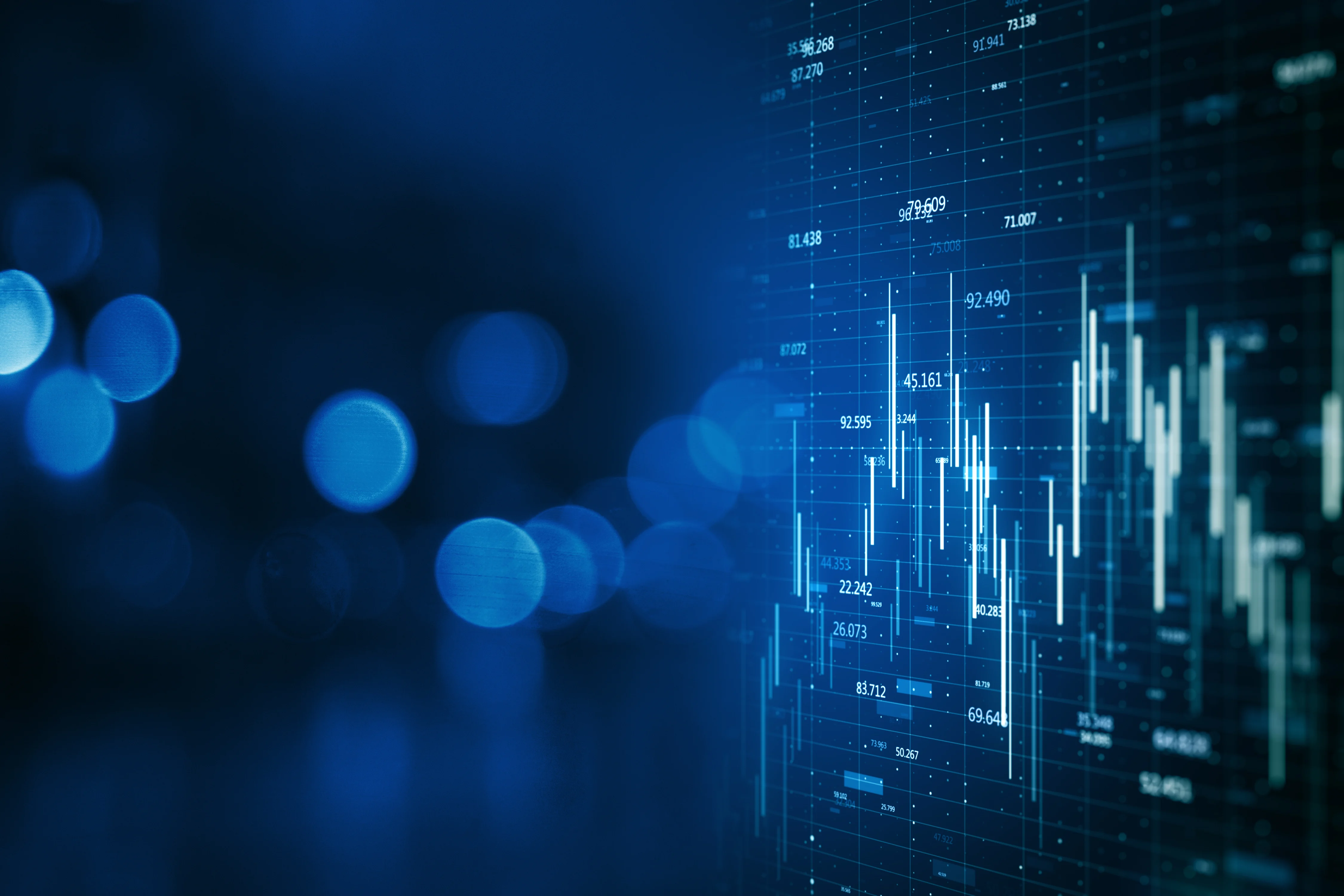A short distance from the end of the year, the financial markets have recovered, in just under two months, a good part of the losses recorded since the beginning of the year. After a rebound of more than 20%, the Euro Stoxx 50 is now only down -7.8% against -23.8% at the end of September. The rebound in the US is also notable, although significantly lagging behind the European markets, since the S&P 500 is now posting a performance of -15.5% against -25.0% in mid-October. The rally on the bond market is just as impressive with a tightening of more than 200 bps on the High Yield euro and almost 50 bps on the Investment Grade euro. The purge announced for this year could ultimately be weaker if the rebound were to continue. After an excess of pessimism, we can therefore logically wonder if we have not gone from one extreme to the other, as the recent rise is a challenge, even if it should be noted that part of it is due to buybacks of short positions as the end of the year approaches.
IIn a week shortened due to Thanksgiving, the markets had little news to to chew on, which did not prevent them from finishing in positive territory, also proof of the change in sentiment on the part of investors. The minutes of the last FOMC thus confirmed the recent declarations of its members. It appears that the Fed remains generally in the dark both on the neutral rate to be achieved and on the time it will take for past increases to spread through the economy. If inflation remains strong and parts of the US economy still remain resilient (notably the labor market), Fed members are inclined to be more cautious, implying that the pace of future rate hikes should normally slow down in future meetings. The confirmation of a slightly more accommodating turn among FOMC members, coupled with preliminary activity indicators for November below expectations (bad news is good news), allowed US long rates to come back on points September lows while the dollar returned to June levels against the euro at around 1.03 / 1.05 USD.
Finally, the situation is becoming more tense in China with demonstrations in several cities against the "zero-covid" strategy, the largest since Tian'anmem. While the Chinese government had recently been rather quick to relax the drastic rules imposed in the country, the surge in covid cases puts it in a delicate position: to relax the restrictive measures at the worst time, while the vaccination coverage of the country is weak, or risk a revolt with an uncertain outcome.
The week which opens promises to be crucial for the continuation, or not, of the stock market rally with a slew of macroeconomic indicators (inflation in the euro zone and in the United States (PCE), employment report and ISM in the US , speech by Jerome Powell on Wednesday at a conference, …). Make or Break!










